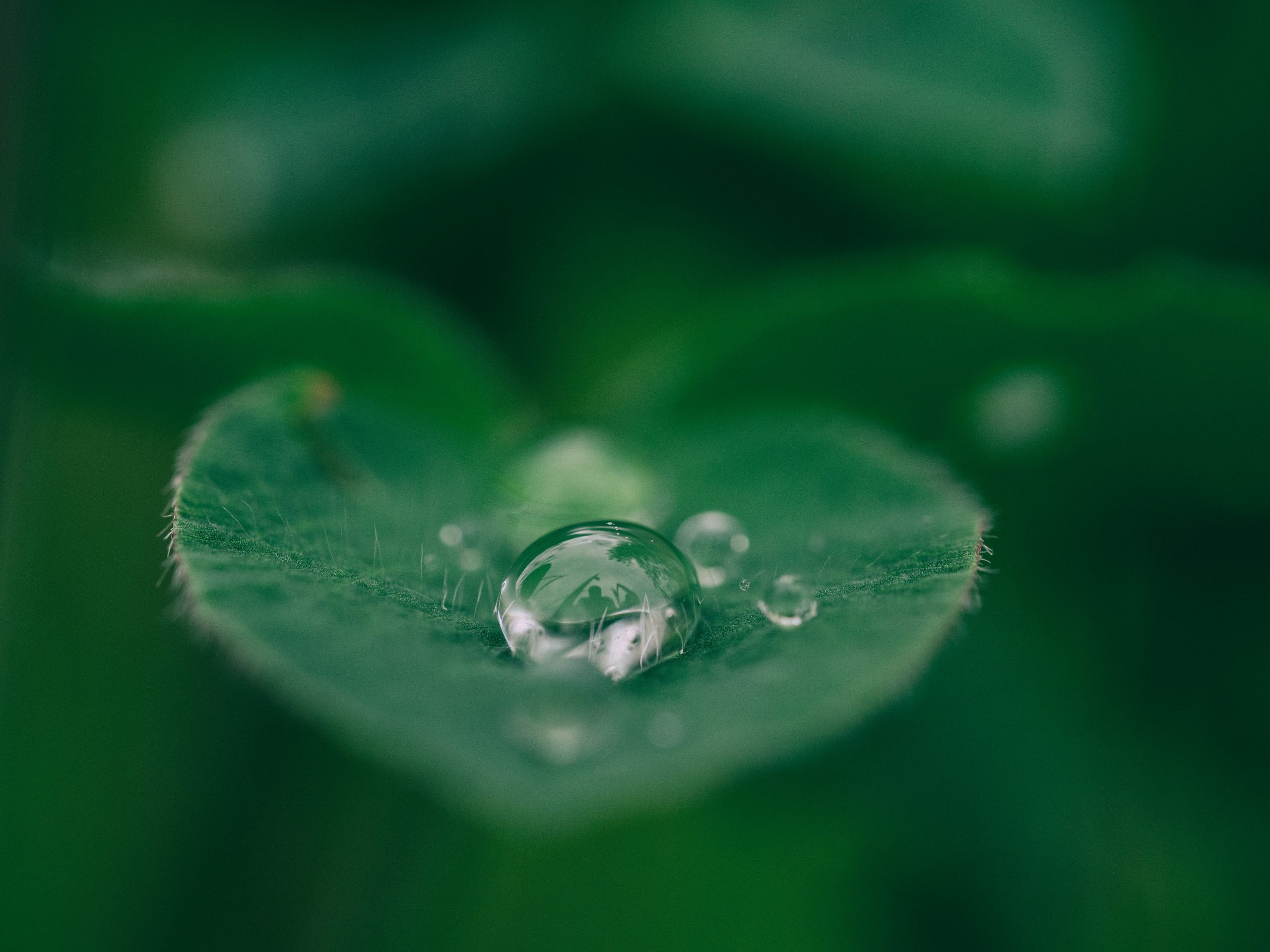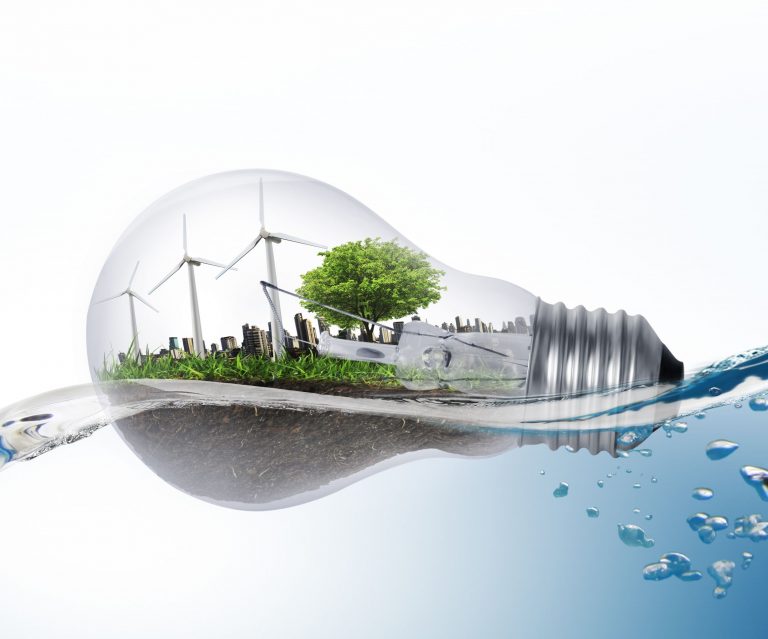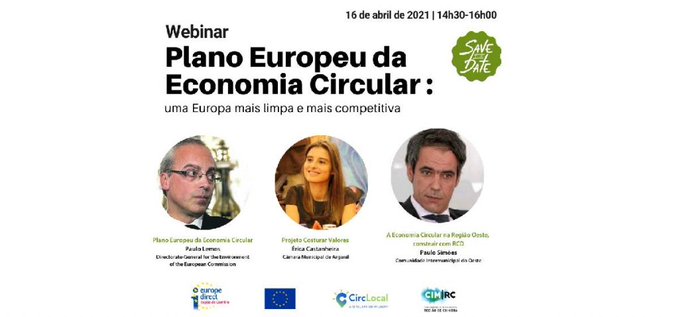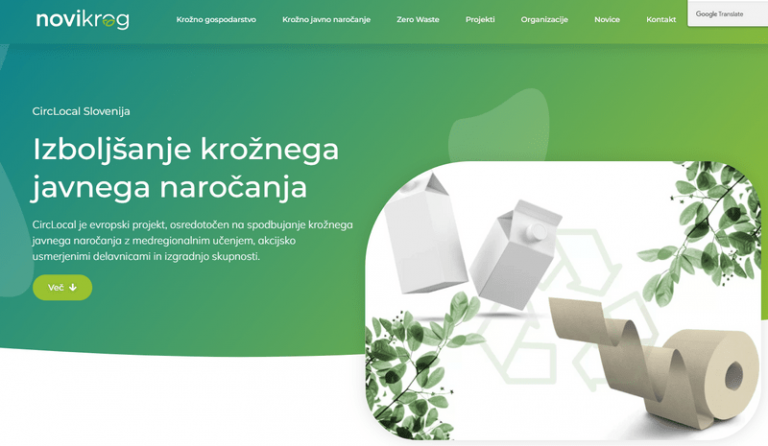Europe has set its path to achieve a carbon-neutral, environmentally sustainable, toxic-free and fully circular economy by 2050. In the aftermath of the current crisis, it was possible to observe the repercussions of a weaker value chain spreading to all stakeholders. For this, the EU needs to accelerate the transition towards a regenerative growth model that gives back more than it takes, the circular economy model. However, what is exactly the Circular Economy Model?
Today’s economy model are majorly based on a linear pattern of growth following 4 distinct phases: Take-Make-Use-Dispose. Raw resources are extracted out of the earth or water (TAKE) and processed throughout the industries to manufacture a product (MAKE). That product is later sold by a business to a final consumer, which will use it to the extent of its duration (USE), at this point, the product become waste and is properly addressed (DISPOSE).
Opposed to this is the Circular Economy Model, based on sharing, leasing, reuse, repair, and recycling, in an almost closed loop. It implies reducing waste to a minimum, but also find multilateral approach to production and use. Just because a product has reached the end of its course, it does not mean that a different use in another industry or business is absurd. If its materials are kept within the economy whenever possible, these can be productively used again and again, thereby creating further value, thus what was usually considered as waste, it can be turned into a valuable resource.
The Benefits?
There are countless benefits to strive towards a circular economy, starting with long-term gains for the environment and the economy. Large-scale reuse of raw materials would definitely reduce the impact for extraction (in terms of energy, water, land and materials needed) thus helping with the safeguard of landscapes and habitats.
The economy itself would benefit from a reduction in risks associated with the supply of raw materials, showing a stronger approach towards price volatility, availability and import dependency of today’s conditions. Moreover, the need to redesign materials and products for their circular use would boost innovation and open multilateral processes.
Following the March 2020 proposition from the European Commission, in which it exposed a New Circular Economy Action Plan, the EU will aspire towards achieving coordinated efforts, working together to create the framework for sustainable products and allow new opportunities to surge in its favour. In coordination with the twin green and digital transition, the circular economy model aims at ensuring that it works for people, regions and cities, and contributes to climate neutrality, innovation and optimization.








